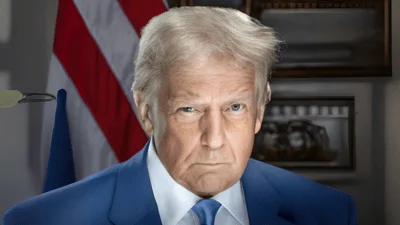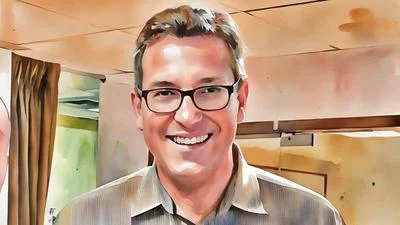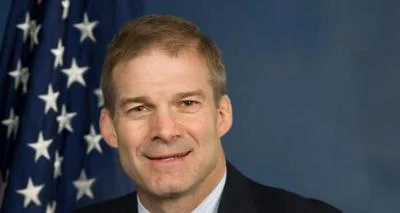WASHINGTON, DC - The House Communications and Technology Subcommittee, chaired by Rep. Greg Walden (R-OR), today continued its review of the 21st century media landscape and how 20th century rules and regulations are harming the ability of broadcasters and newspapers to compete in the Internet economy.
“This is an era of communications competition. Competition between broadcast news and cable news; competition between print journalism and online journalism; and competition between traditional media and new media. In an era of such intense competition, our laws should not unduly hamper the ability of any one segment to provide the high-quality content consumers have relied on for decades. But that’s exactly what our laws do," said Walden.
The rules discussed at the hearing, many of which were written by the Federal Communications Commission in the 1970’s, included the newspaper and broadcast cross-ownership ban (which prevents a company from owning both a television station and major daily paper in the same market), local television and radio ownership limits, the national television ownership cap, and joint sales agreements. The subcommittee also examined the possibility of reviving the minority tax certificate, which incentivizes the sale of broadcast and cable stations to minority owned business interests to increase the diversity of voices in our media landscape.
Gerry Waldron, speaking on behalf of the National Association of Broadcasters, explained how much the media landscape has changed since the current broadcast ownership rules were adopted in the 1970s. “These days, ‘watching TV’ frequently does not mean watching a television set; consumers are increasingly likely to turn instead to their laptops or tablets," said Waldron. “The reality is that the risk of a powerful broadcast owner that drove the creation of the broadcast ownership rules in the 1970s is not just unlikely, it is almost non-existent. The media landscape is simply too diverse and evolving too quickly, both with regard to content creation and content distribution, to justify the current rules."
Paul Boyle, Senior Vice President of the Newspaper Association of America, similarly discussed the outdated nature of the cross-media ownership ban, and its effect on newspapers across the country. He discussed how lifting the ban would actually improve news coverage in local communities. Boyle explained, “Sharing newsgathering and production resources-which is made possible by newspaper-broadcast combinations-results in better breaking news coverage, increased resources for investigative reporting, and more Pulitzer Prizes, including in small and medium-sized media markets that would otherwise be unlikely to dedicate significant levels of investment to these efforts."
Kim Keenan, President and CEO of the Multicultural, Media, Telecom, and Internet Council, addressed the lack of action at the FCC in promoting minority ownership of broadcasting stations. “Unfortunately, since 1978 the FCC’s activity regarding minority ownership has been marked by inconsistently applied policies and, in some cases, repeal of minority ownership initiatives without implementation of new or alternative approaches," said Keenan. “This lack of consistent engagement has led to a pervasively low level of engagement by people of color as station owners and operators despite the emergence of an increasingly diverse viewing and listening public."
Full committee Chairman Fred Upton (R-MI) concluded, “We are all committed to fostering competition, localism, and diversity of perspectives in a healthy and vibrant media industry. The parties here may not agree how best to achieve those goals, but we have the obligation to push forward and find agreement on something better because the status quo is unacceptable."





